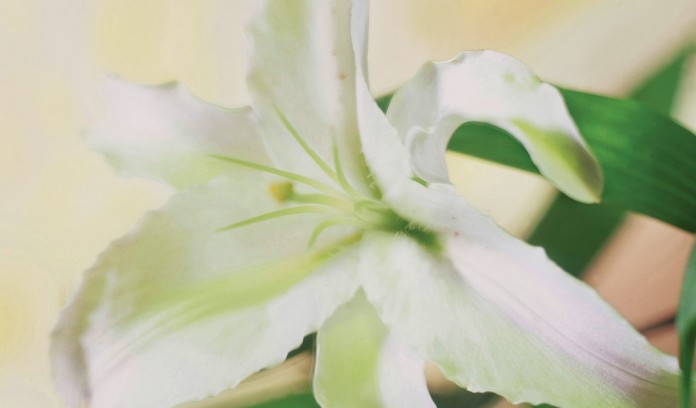Easter lilies are a symbol of hope and peace of the Resurrection, and they are also a symbol of spring. Easter lilies have 6- to 8-inch white flowers, shaped like bells. Easter lilies will bloom more than once, and they can be replanted.
The real bloom time for Easter lilies isn’t until mid and late-summer. Easter lilies are forced indoors in greenhouses so they bloom during the Easter season.
Here are 12 tips for Easter lily care, both during and after the Easter season, from University of Illinois Extension and University of Nebraska-Lincoln Extension in Lincoln County:
 Caring for Easter lilies during the holiday
Caring for Easter lilies during the holiday
- Place your Easter lily in indirect, bright sunlight, or behind a curtain to filter the sunlight when flowering.
- Keep lily away from drafts and drying heat sources, like heating ducts and appliances.
- At night, temperatures between 40 and 50 degrees F are ideal. This temperature range helps to extend the bloom period.
- During the day, the ideal temperature range is between 65 and 75 degrees F.
- When flowering, water to keep the soil moist, but don’t fertilize.
- Once the flowers open, remove the golden anthers before the pollen is freed. This will keep the flower from pollinating, and will help to extend the bloom period. The pollen also stains the white lilies, and can stain clothing.
Caring for Easter lilies year-round
- Remove flowers after they fade and clip any leaves that have turned brown.
- Place plant in a sunny location.
- As the foliage matures, water as needed.
- Once the danger of frost has passed, plant your Easter lily in a sunny spot with soil that drains well. The bulb should be planted at a depth of about 6 inches.
- Cut off old flowers.
- In the fall, cut off the stem at the soil’s surface. Cover with mulch once the soil freezes until lily begins new growth in the spring.
University of Vermont Extension reminds lily growers that the Easter lily is poisonous and even fatal to cats. Cats can experience kidney failure if they ingest any part of the Easter lily.







 Caring for Easter lilies during the holiday
Caring for Easter lilies during the holiday


